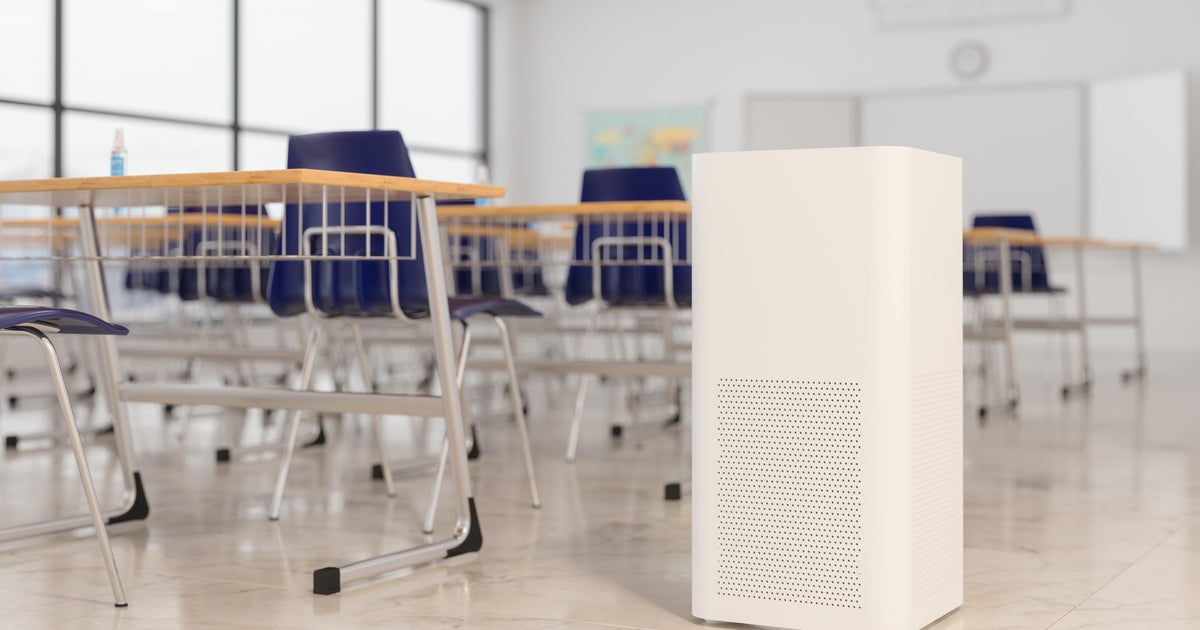A new study finds that simply having an air filter in the classroom may not be enough to keep students safe from respiratory illnesses.
Mass General Brigham researchers analyzed data taken from 200 classrooms, some of which had portable HEPA purifiers while others had “sham” purifiers that didn’t contain a filter. HEPA stands for high-efficiency particulate air.
“HEPA filters are designed to reduce fine and particulate matter from the air, but there is limited real world data on their effectiveness at filtering respiratory viruses transmitted via aerosols and droplets,” the researchers said in a statement.
“Additional interventions may be needed”
The study found that there were viruses in 98.4% of air samples from the classrooms. Each classroom had an average of three respiratory viruses present, including pathogens that cause RSV and the flu.
“Air purifiers did not reduce overall viral load in classrooms, suggesting that additional interventions may be needed in schools,” Mass General Dr. Peggy Lai said.
In the wake of the COVID pandemic, Boston Public Schools installed HEPA air purifiers in all of its classrooms.
Classroom humidity controls may help fight viruses
There was a decrease in viral diversity with classrooms that had air purifiers, but the study found that this didn’t lead to fewer school absences. One factor researchers did notice was high viral exposure in classrooms with dry air.
“In addition to air filtration or better ventilation, maintaining classroom humidity between 40% and 60% may help lower viral exposures and improve comfort for students and teachers,” Lai said.
First Appeared on
Source link













